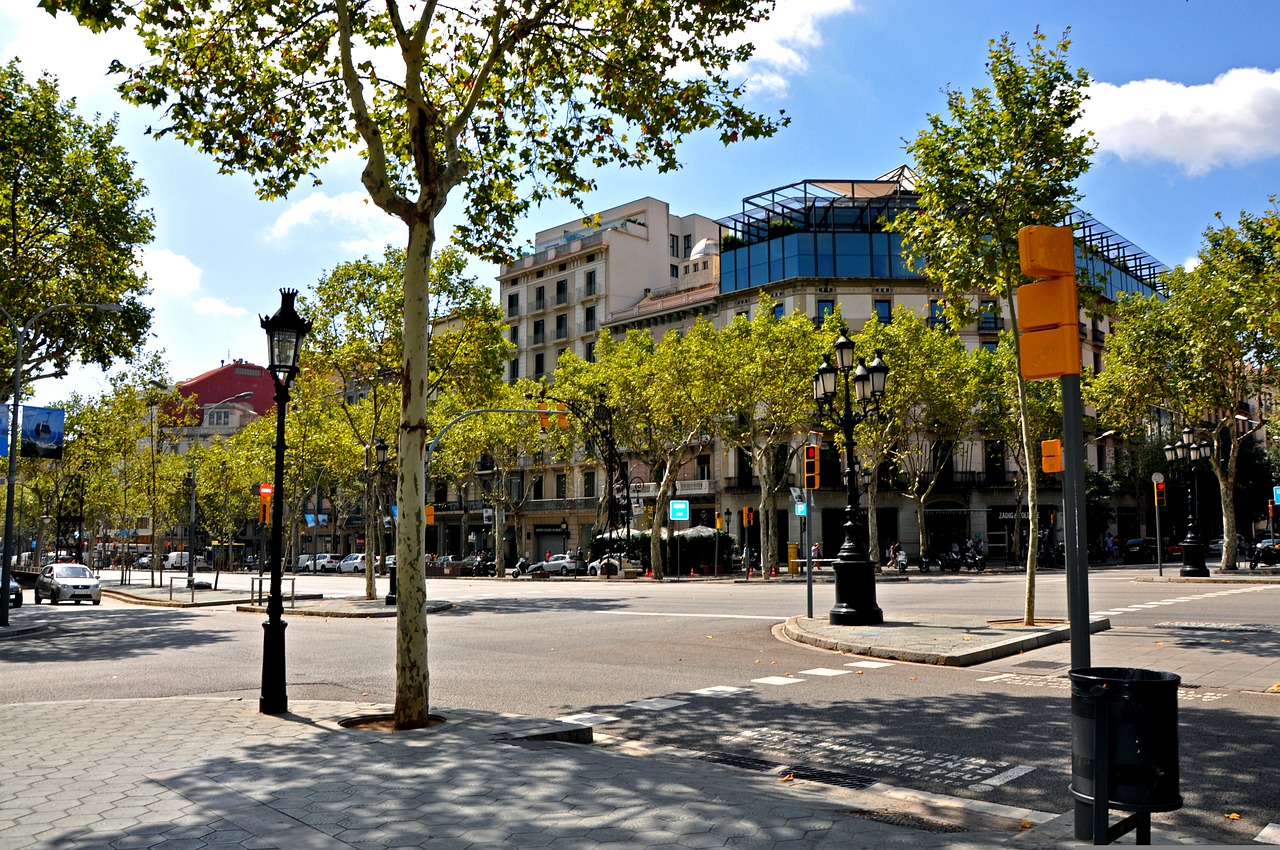Reaction: up to two thirds of urban tree species withstand climatic risk conditions
International research on more than 3,000 tree and shrub species in 164 cities -including Barcelona, Valencia and Santa Cruz de Tenerife- reveals that up to two-thirds of urban tree species may already be experiencing climatic conditions that exceed their potential climate tolerance. The study is published in Nature Climate Change.

Jesús Julio Camarero - árboles urbanos EN
Jesús Julio Camarero Martínez
Research Professor at the Pyrenean Institute of Ecology (CSIC)
By the mid-21st century, 70% of the world's population is expected to live in cities. Society will demand that cities are liveable and that urban forests provide basic services from climate regulation to carbon sequestration. However, our urban parks and forests also face climate change and other stressors that cities face such as lack of space, water or soil on which to grow. The impact of rising temperatures is amplified in cities by the heat island effect, but the longevity of trees means that their response to changes in climate is slow and manifests itself years later.
In the September 2022 volume of Nature Climate Change, Manuel Esperón-Rodríguez and colleagues consider some of these issues using climate and species distribution models. In their study, they warn that 56% and 65% of urban trees and shrubs have exceeded their tolerance limits for temperature and precipitation, respectively. These estimates are based on the study of 3,129 woody species in 164 cities around the world, including three Spanish cities (Barcelona, Valencia and Santa Cruz de Tenerife). Under moderate climate warming scenarios, around three quarters of these species will be at risk by the mid-21st century, which would have a negative impact on the climate and the health of cities. These projections are more pessimistic for tropical cities in countries with high vulnerability and low resilience to climate change, such as New Delhi, India. However, according to the authors, the woody flora of cities such as Singapore and Barcelona have already exceeded their climatic limits.
This study is relevant and brings to the forefront urban ecology, a discipline with a long way to go and of great relevance for human well-being and health, which will increasingly depend on urban ecosystems. The authors warn that the protection of urban forests is urgent if we are to maintain the ecological, economic and social benefits they provide. To be able to adaptively manage these urban forests as the climate changes, we need to monitor them and track their evolution to identify the causes of their decline and prevent or mitigate them, where possible. In Europe, similar forest health monitoring networks already exist in non-urban forests and their protocols could be adapted to cities. Other ways to increase the resilience of urban forests may include new, more efficient methods of irrigation or water use and the selection of tree or shrub species that are more plastic, or more drought-tolerant and non-invasive. Such selection may be aided by studying the composition and vitality of rural forests close to cities or arboreta.
The role of disturbances - windstorms, droughts, fires, cyclones or winter storms - should not be forgotten as they modify the structure and dynamics of forests. Most of us remember how squall Filomena triggered a major snowstorm in January 2021, damaging some 750,000 trees in Madrid. Many of these disturbances will be linked to climatic extremes such as droughts and heat waves, which will require planting and managing species tolerant to these more extreme and variable conditions.
Finally, the limitations of the study are fully acknowledged by the authors as their results are based on climate models and estimate the climatic safety margins of urban trees and shrubs related to their geographical distribution and climatic conditions, the so-called climatic niche. Other factors are important in determining the distribution and climatic tolerance of trees and shrubs such as interactions with other species, soil, microclimate, alterations of their area of occupancy by disturbances, variability between populations or individuals or dispersal of these woody species. In addition, projections are subject to some uncertainty as trees and shrubs are affected by non-climatic factors - pollution, urban development, among others - that could further threaten many urban forests.
Manuel Esperón-Rodríguez et al.
- Research article
- Peer reviewed



